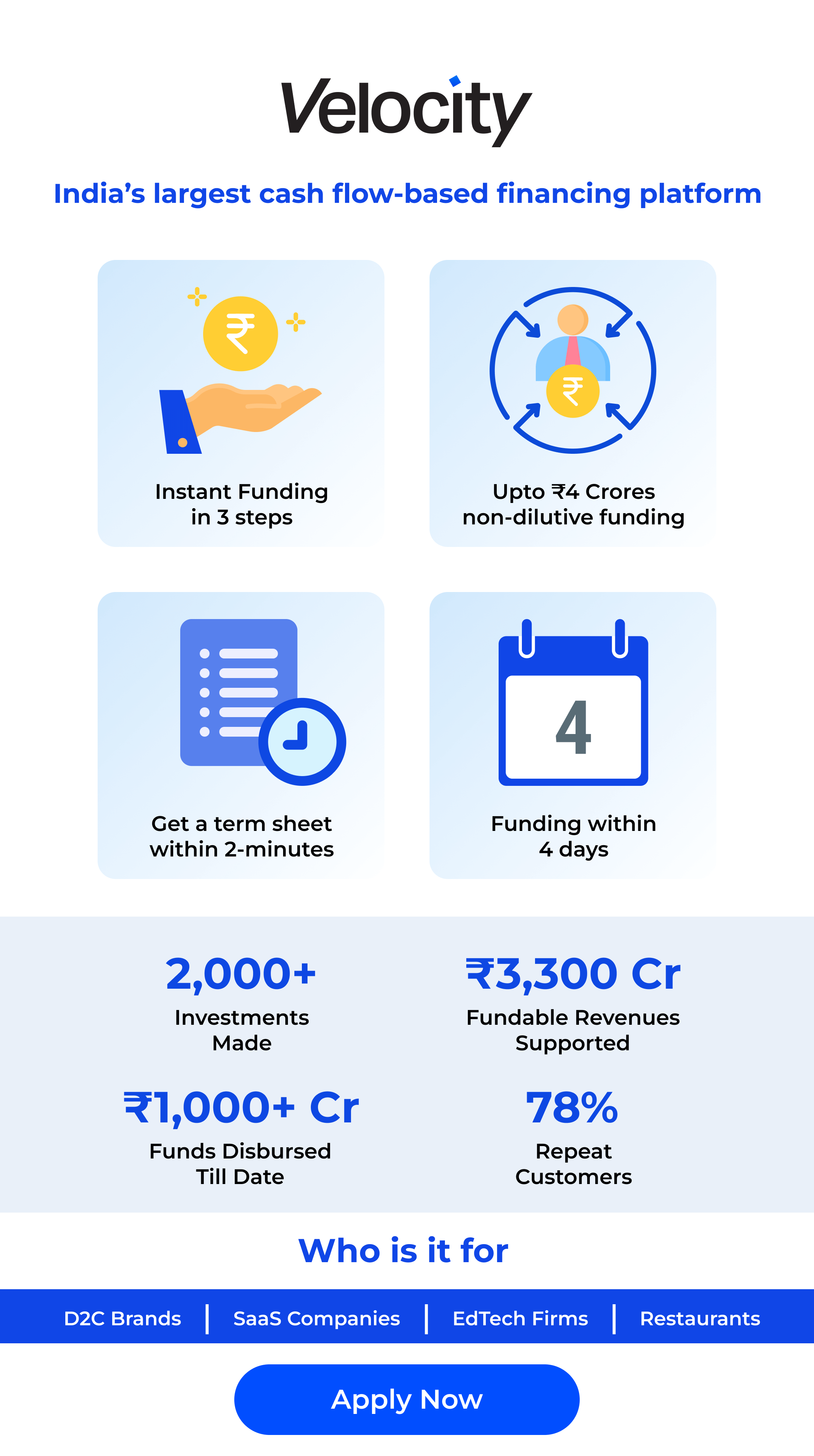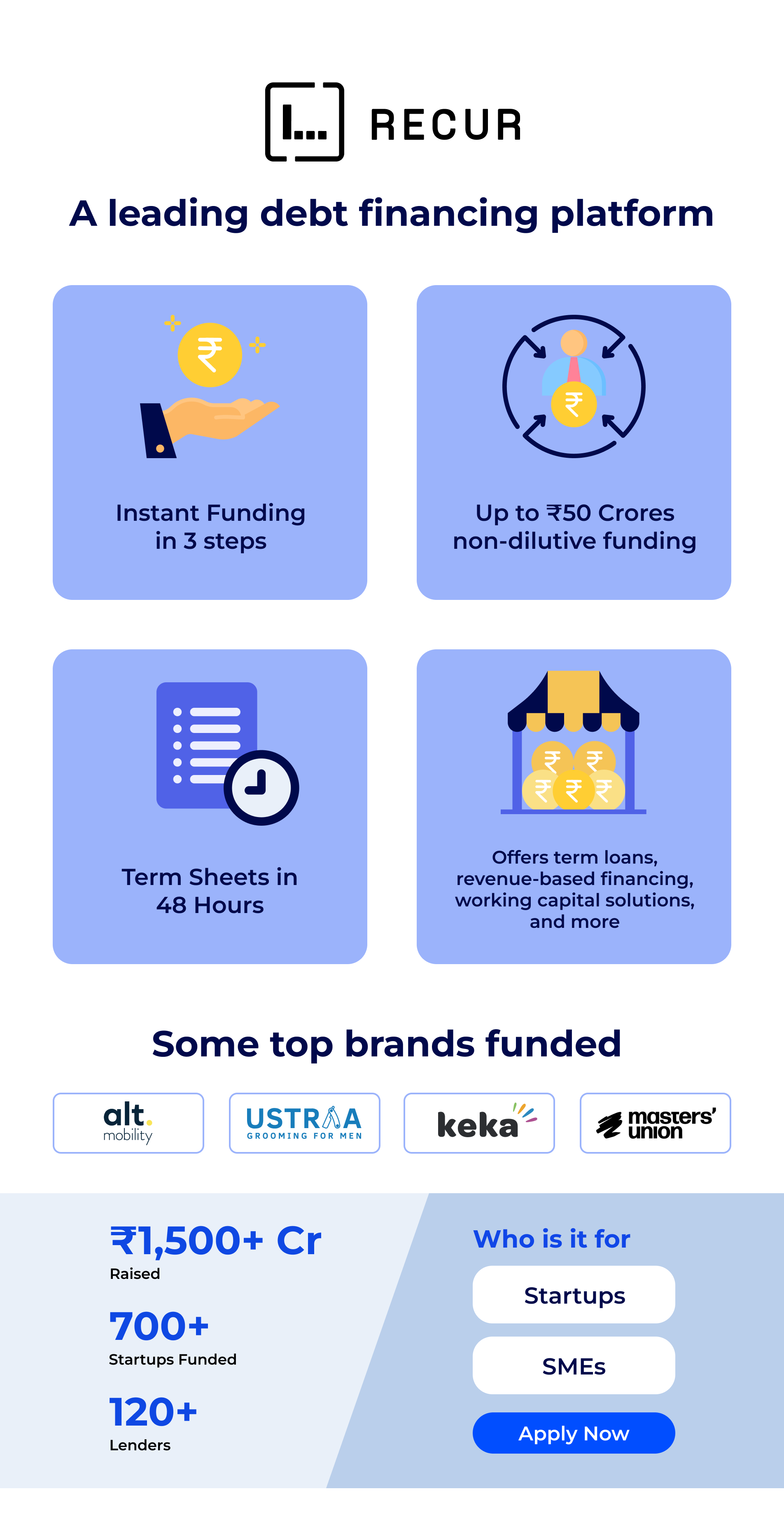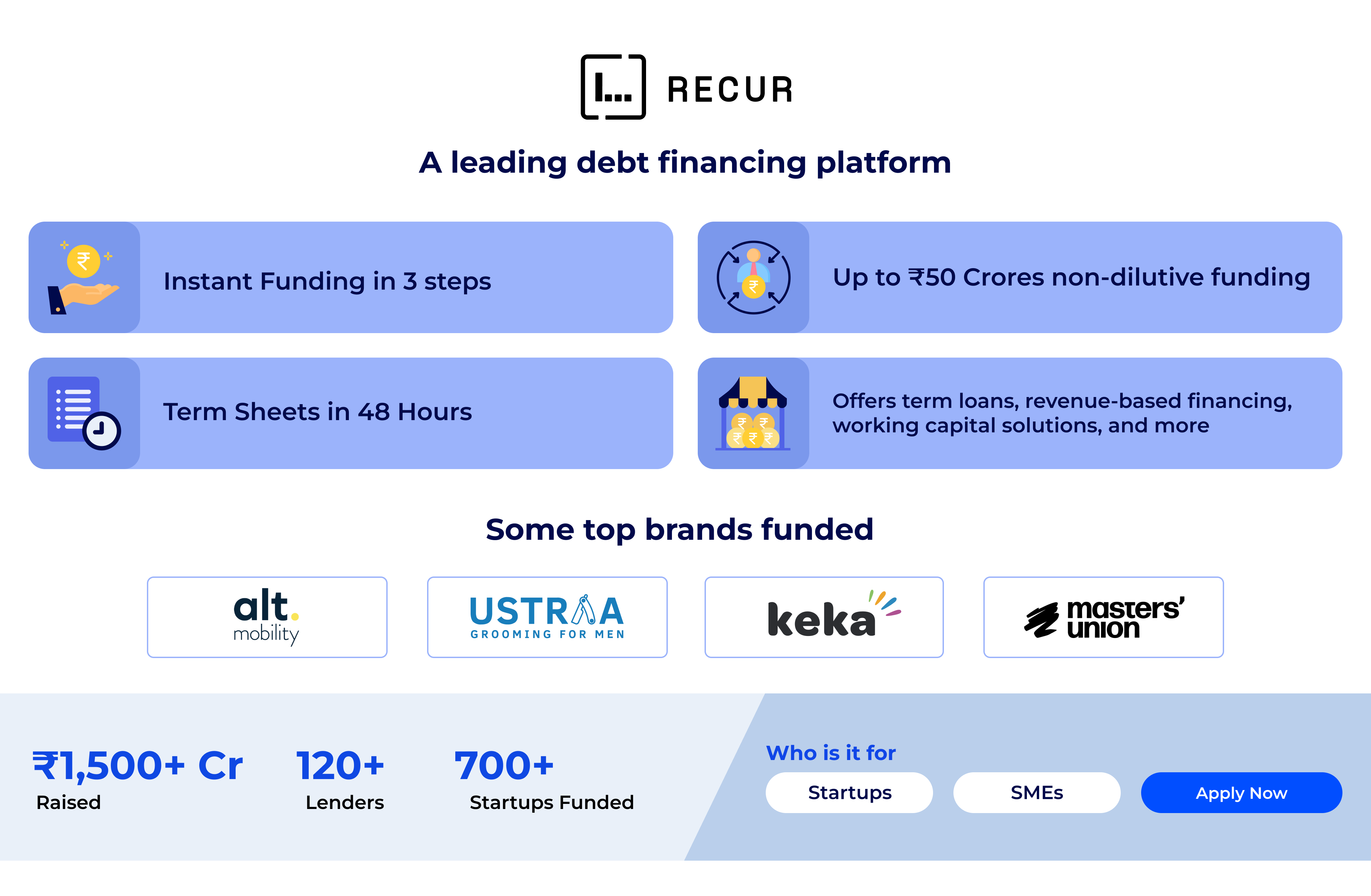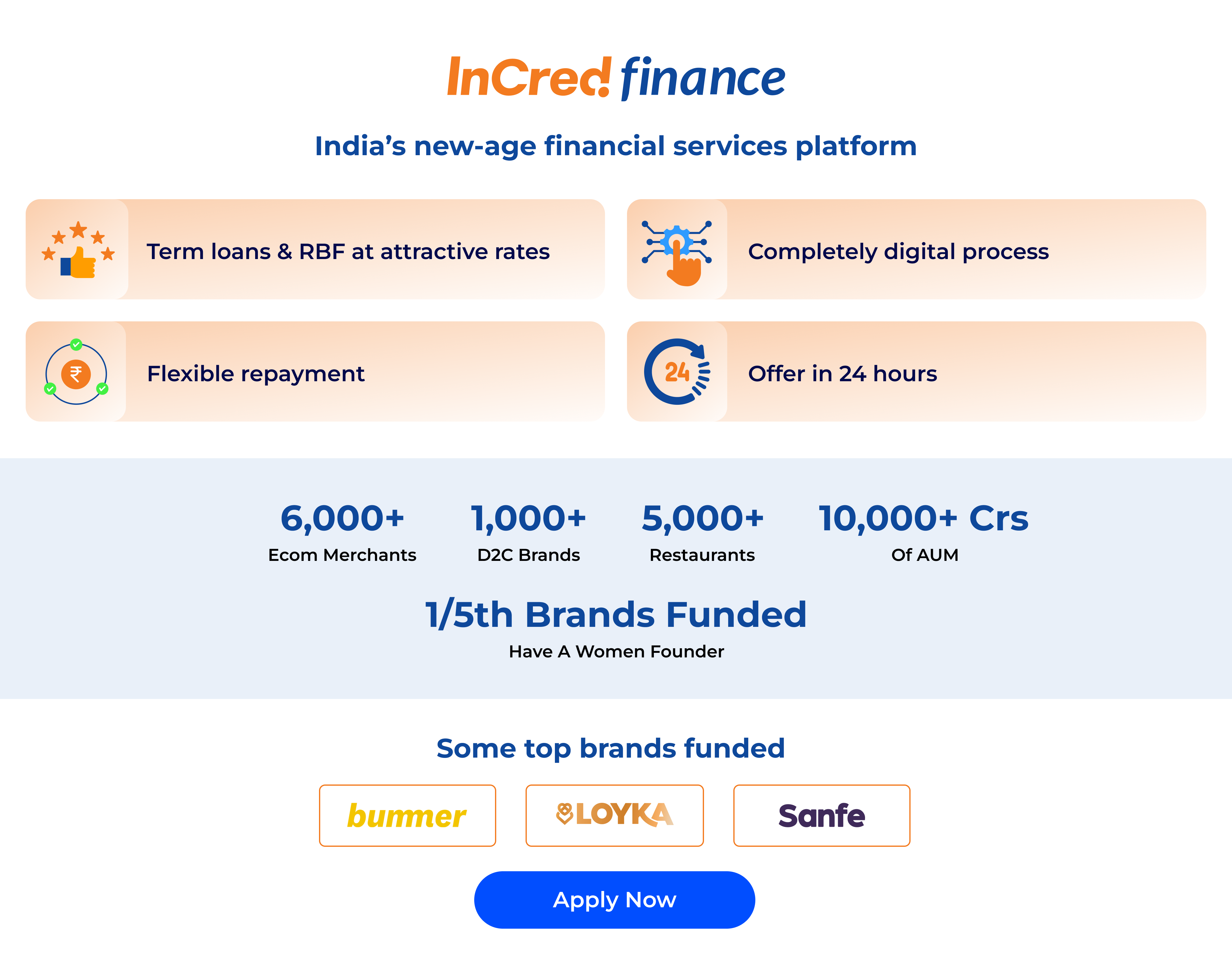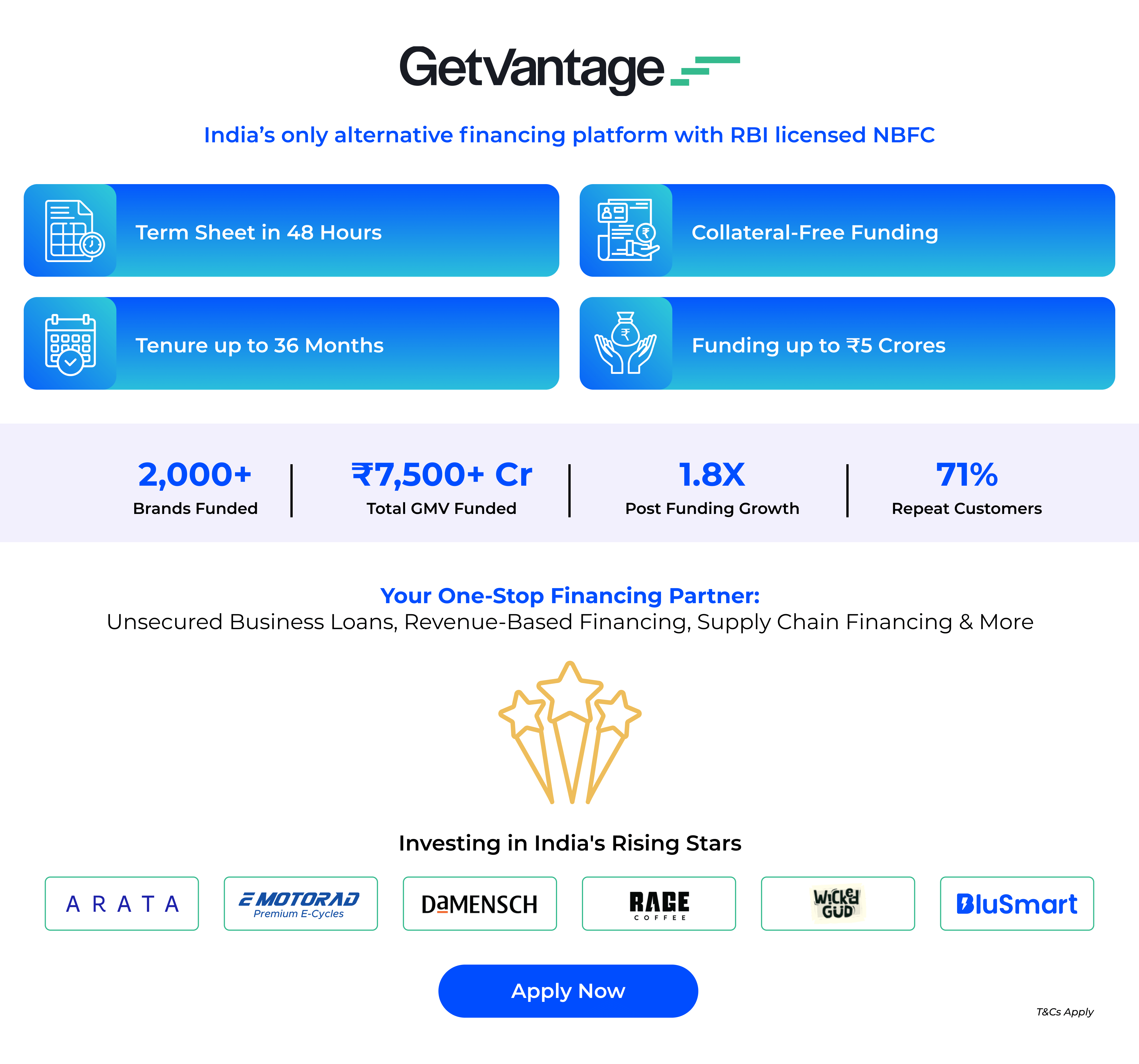Planning Pays Off: 5 Strategies to Get the Most Out of Your Delivery Speed Choice
February 6, 2025
5 min read
The Right Shipping Strategy
Efficient shipping is crucial for businesses looking to stay competitive. Whether you focus on business-to-business (B2B) shipping or cater to individuals with business-to-consumer (B2C) shipping, the shipping strategies you choose play a pivotal role in your operations.
While B2B and B2C shipping serve essential functions, they have distinct challenges, operational processes, and expectations. B2B approaches promote efficiency and cost focus, whereas B2C tactics prioritize hustle, comfort, and end-user satisfaction.
This article will discuss B2B and B2C shipping and the B2C shipping problems encountered in every business model.
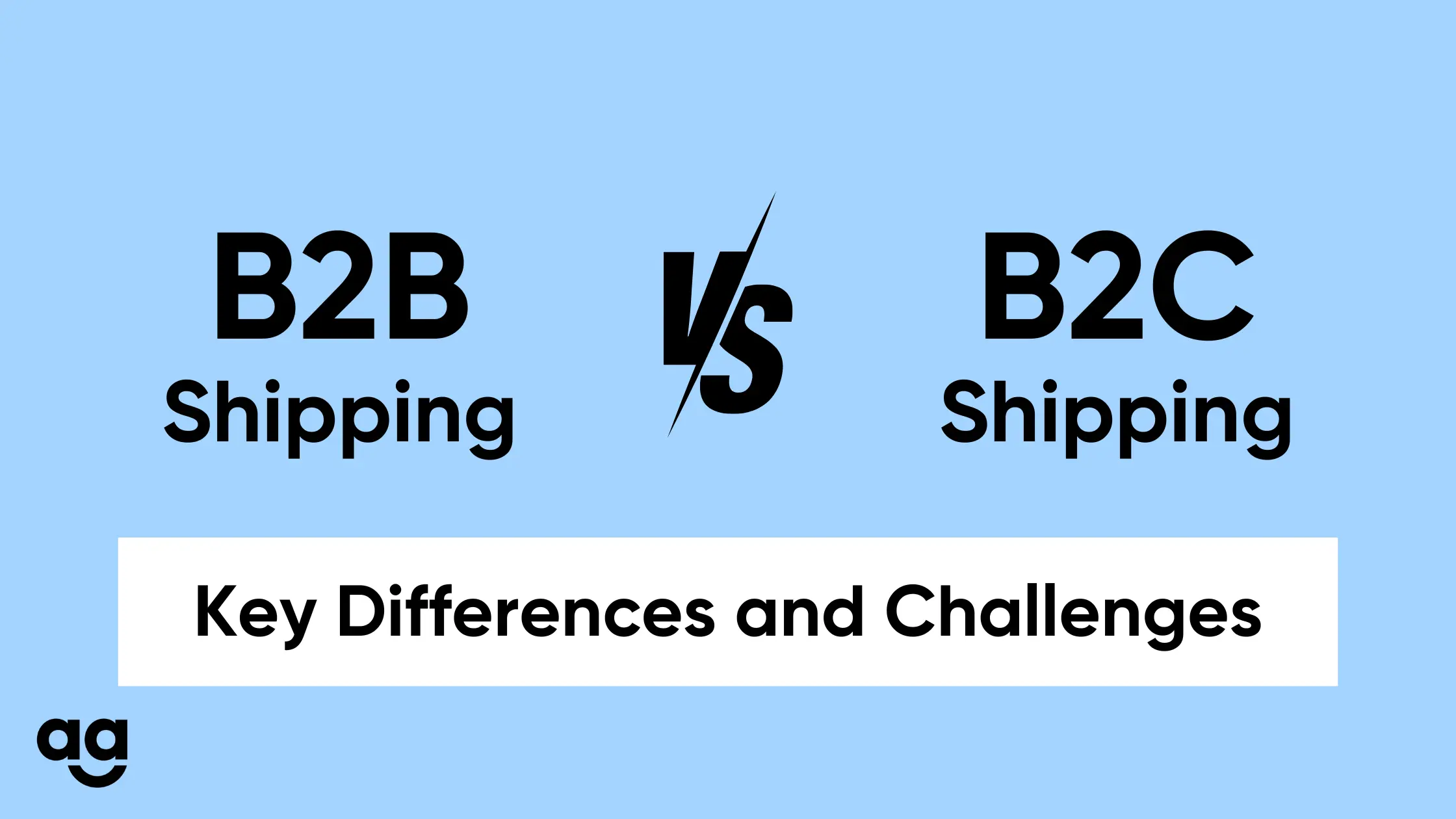
B2B Shipping Vs. B2C Shipping
As eCommerce firms continue to grow, it is important to know the differences between B2B and B2C shipping. By acknowledging the challenges involved in the various shipping models, one can guarantee that their clients’ shipping experience is at its peak.
Business-to-business (B2B) shipping is primarily about shipping products to other businesses and often requires managing inventory and logistics. This concept rests on efficiency, cost reduction and observance of set timelines and operating standards.
B2C delivery entails delivering smaller packages to individuals, focusing on faster delivery, customer satisfaction and convenience.
Now let us discuss some shipping models and see how they compare on different factors:
Factors |
B2B Shipping |
B2C Shipping |
Order Volume and Size |
Large, bulky shipments intended for businesses. | Small, individual packages are sent to consumers. |
Packaging |
Utilizes bulk packaging, such as pallets, crates, and cartons, to protect goods during transit. | Small branded or unbranded boxes or envelopes suitable for individual items. |
Shipping Speed |
Generally follows fixed schedules with some flexibility based on business needs. | Prioritizes fast delivery options like same-day or next-day to meet consumer expectations. |
Shipping Costs |
Typically, lower per-unit costs are due to bulk shipping; however, operational costs can be high. | Higher per-unit costs due to last-mile delivery, with additional expenses for returns. |
Customer Service & Tracking |
Focuses on consistent updates, with less emphasis on returns; aims to build strong relationships. | Real-time tracking and responsive support with a streamlined return process. |
Return Management |
Returns are uncommon, often involving more complex return protocols and fewer consumer demands. | High return rates require efficient, customer-friendly return policies. |
Challenges: B2B Shipping Vs B2C Shipping
Having examined the primary differences between the shipping models, let us understand the major challenges that B2B and B2C shipping encounters.
| Challenges | B2B Shipping | B2C Shipping |
| Order Complexity | Managing large, bulk orders with unique specifications requires coordination and careful tracking. | Handling high volumes of small, individual orders with diverse customer expectations. |
| Delivery Speed | Flexible schedules, but punctuality is crucial for just-in-time delivery. | High expectations for same-day or next-day delivery strain logistics and require last-mile optimization. |
| Return Management | Returns are less frequent but involve complex protocols and high costs. | Returns are common, requiring a streamlined, customer-friendly process to maintain satisfaction. |
| Regulatory Compliance | Strict adherence to regulatory requirements for invoices, customs and documentation. | Simpler but must comply with consumer protection standards and smooth customs clearance for international orders. |
| Customer Service | Focuses on personalized service, regular updates and maintaining strong client relationships. | Real-time tracking and responsive customer support are essential to meet high consumer expectations. |
Final Thoughts: Choosing the Right Shipping Model
In conclusion, B2B shipping is efficient and cost-effective. It is best for handling bulk orders and building strong client relationships. B2C shipping, on the other hand, focuses on speed and convenience. It excels at meeting consumer expectations and ensuring customer satisfaction.
Choosing the right model depends on your business needs and audience. With tools like real-time tracking and smart logistics, you can overcome challenges and improve your shipping process.
If you’re seeking a reliable partner to streamline your B2B and B2C shipping processes, Shipyaari can provide the expertise you need. Our team analyzes your business requirements to determine the most effective shipping model that is aligned with your target audience and goals.
Try Shipyaari for free to explore how we can support your logistics strategy!
Frequently Asked Questions
B2C shipping is for individual consumers, whereas B2B shipping targets corporations and business entities. B2C often targets smaller but more frequent shipments.
However, B2B shipping is often dominant in handling large bulk shipments, usually accompanied by more complex logistical arrangements.
Compared to B2C, which sends little goods, B2B shipping is less expensive per unit because it includes bulk shipping. Additionally, bulk shipments enable more consolidation, which lowers overall transportation expenses.
Supply chain streamlining, implementing real-time tracking technology, and timely packing and shipping can help both shipping services. Additionally, investing in data analytics can optimize logistics and improve efficiency across both models.
A business can adapt to a different shipping dynamic with a flexible shipping strategy and warehouse facilities. Seeking the services of a shipping and logistics provider also helps.
Suggested Reads
Hyperlocal Personalization: Tailoring Experiences for Local Customers
Introduction The eCommerce industry in India has witnessed a rapid growth of hyperlocal services in
Continue ReadingDec






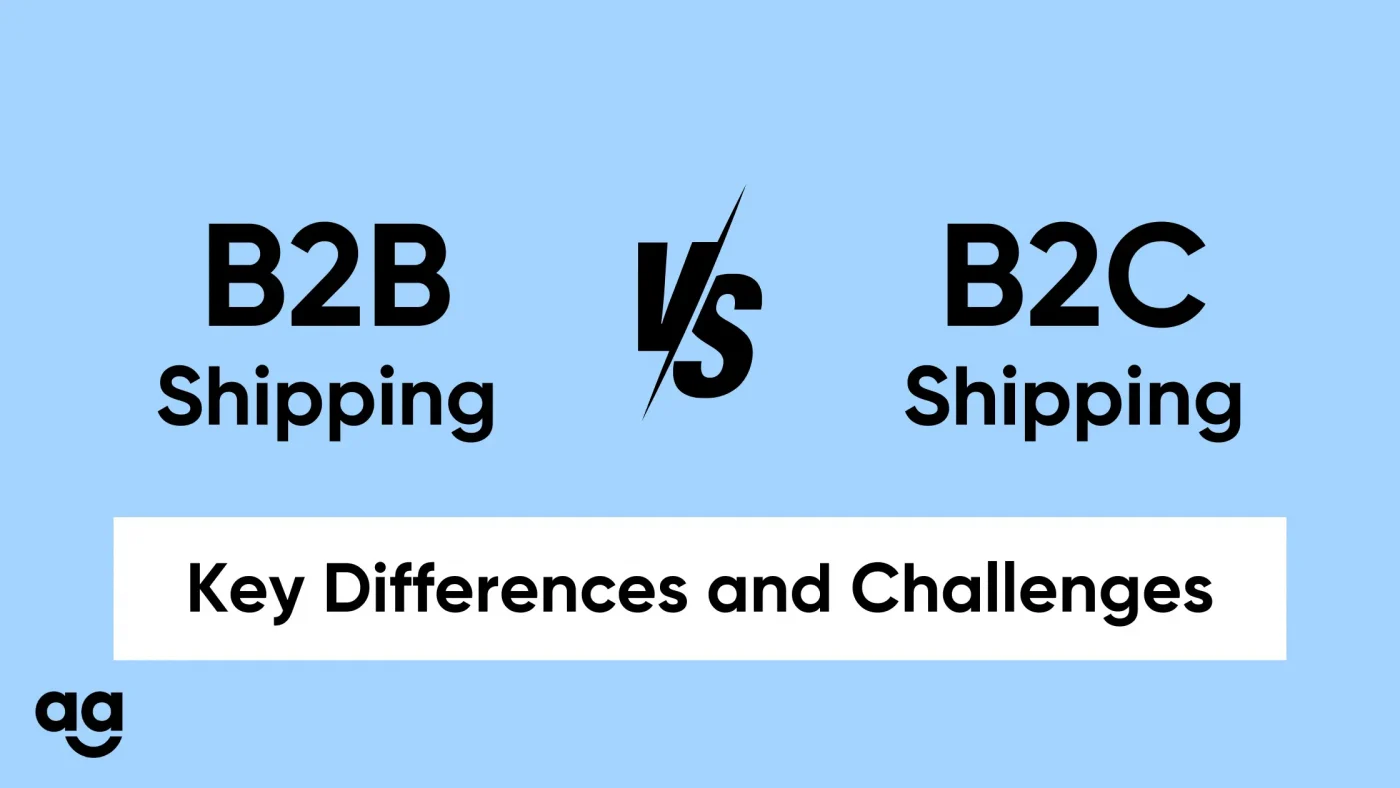



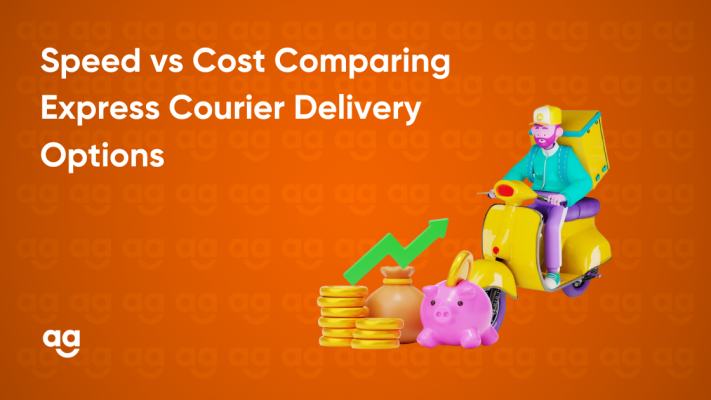
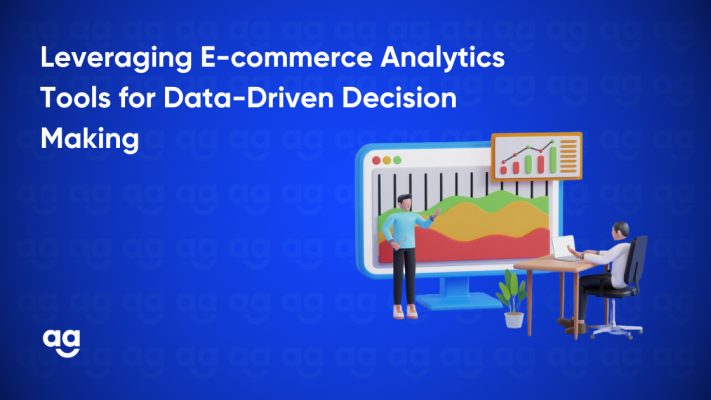
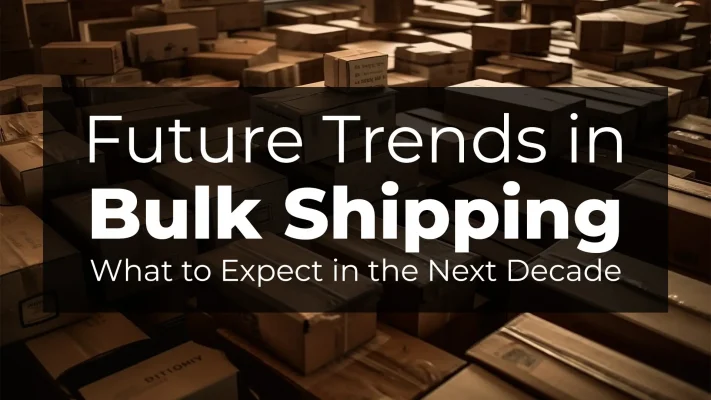
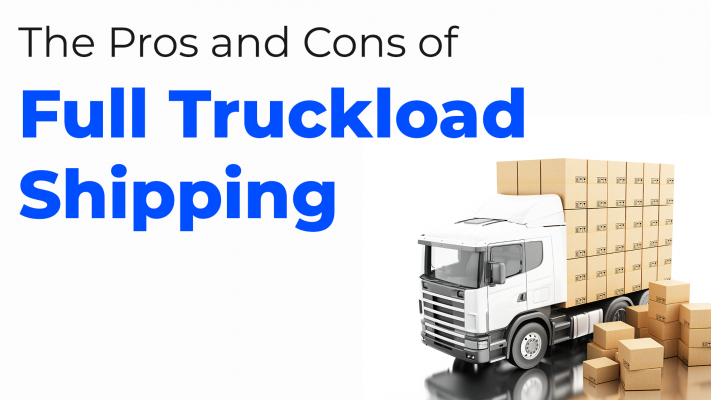
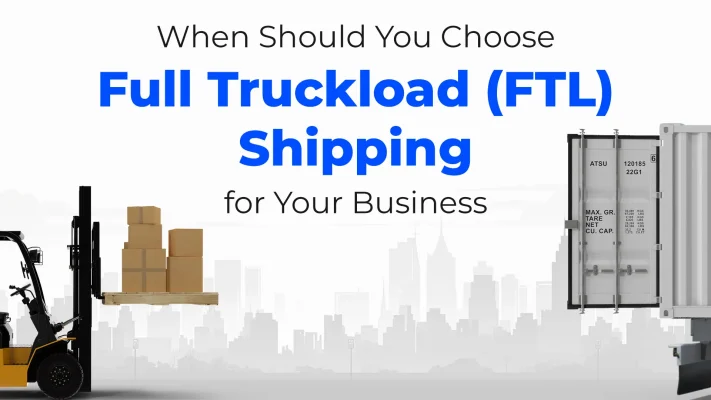

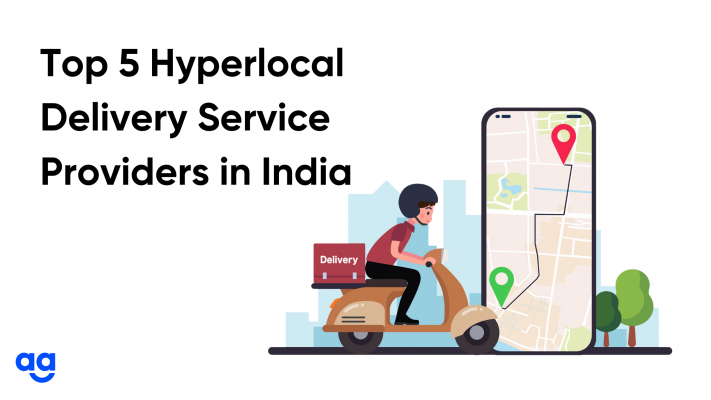
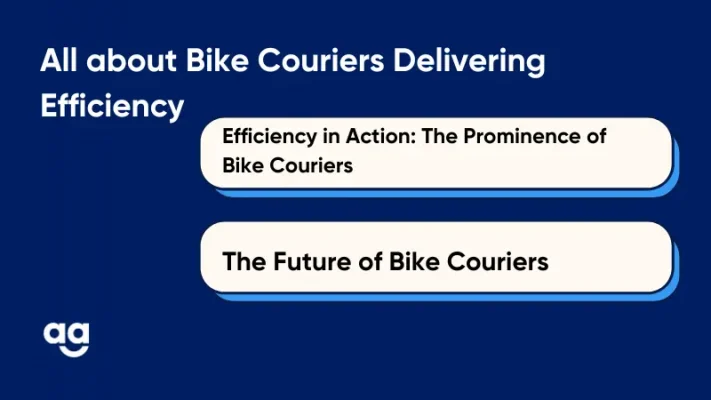
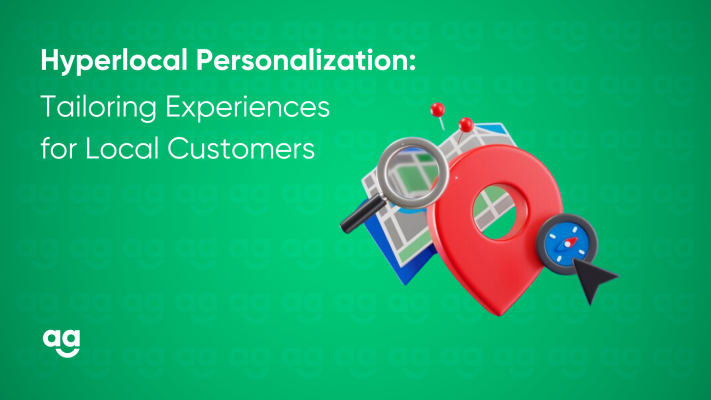
 Shipping
Shipping
